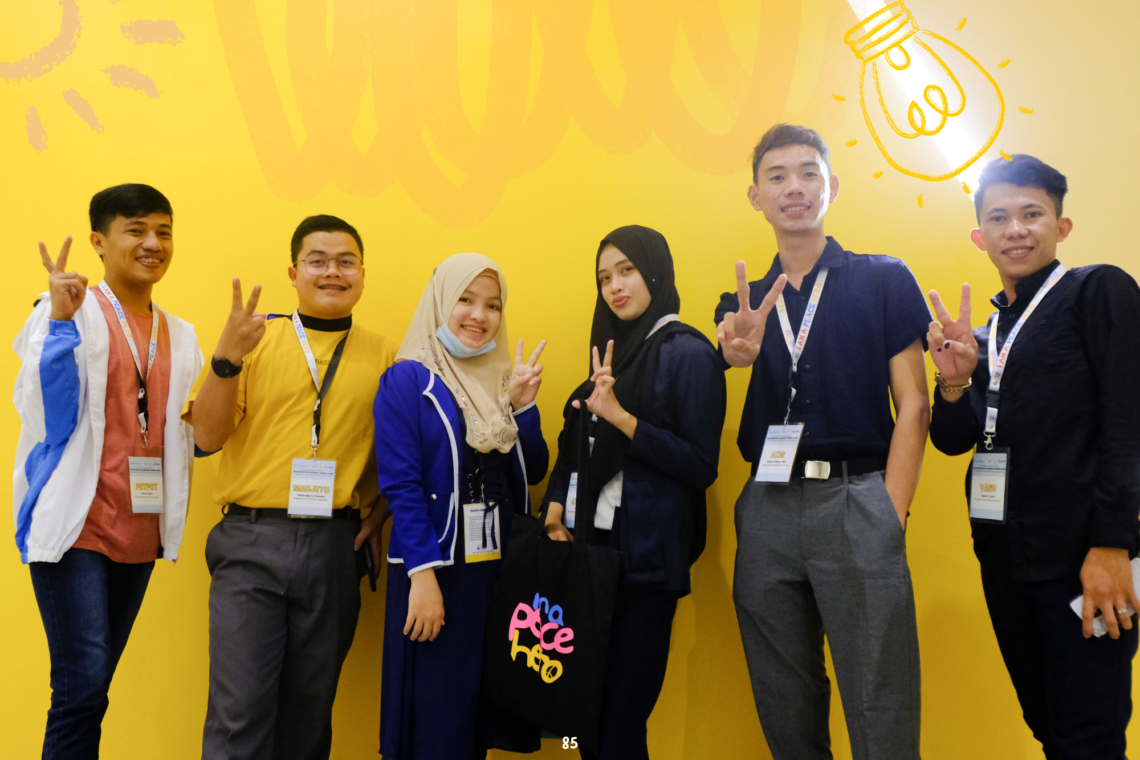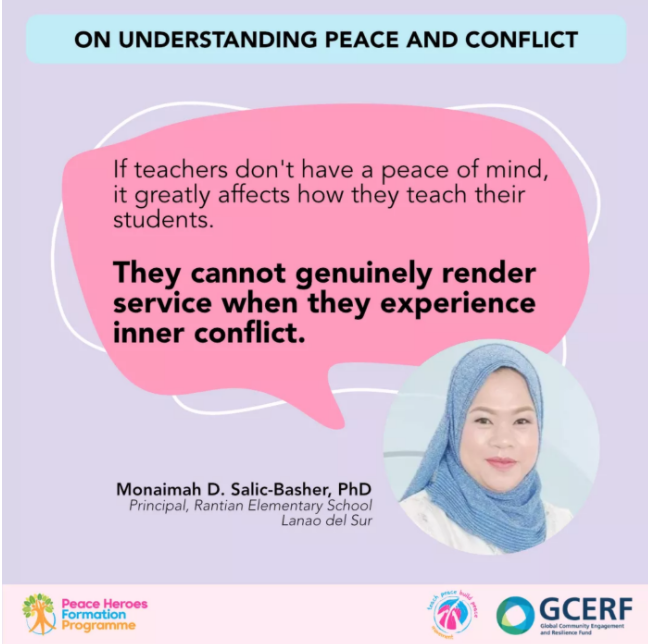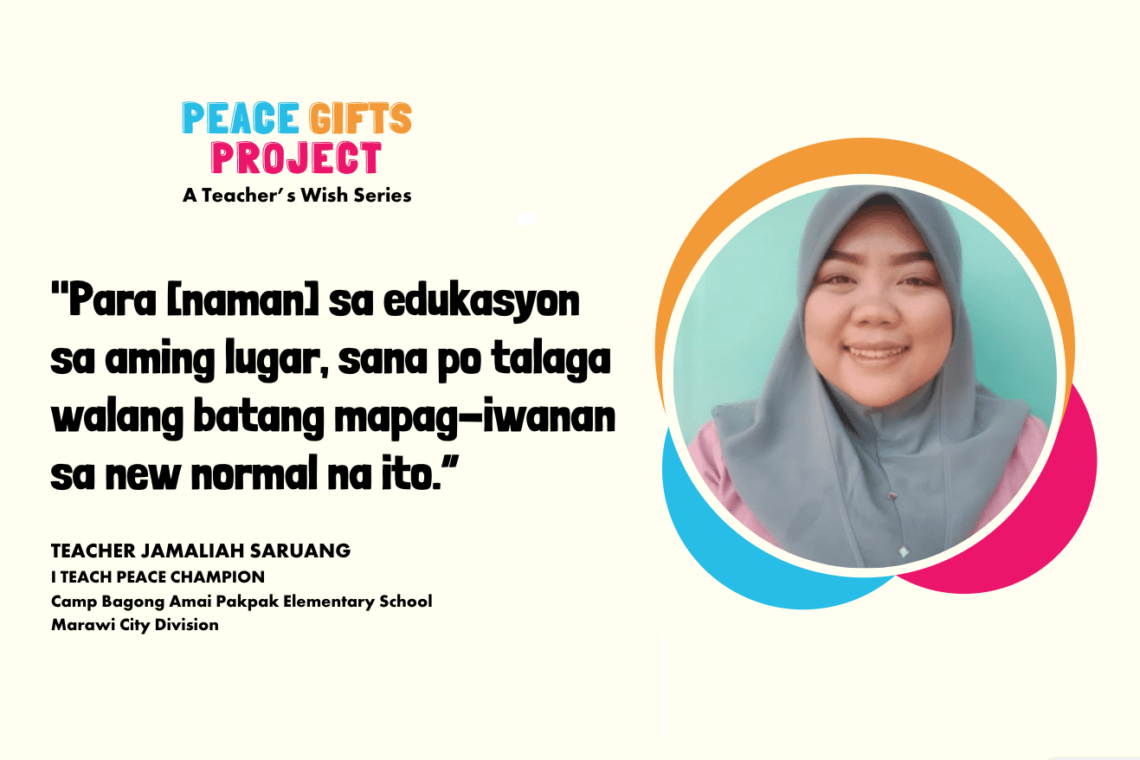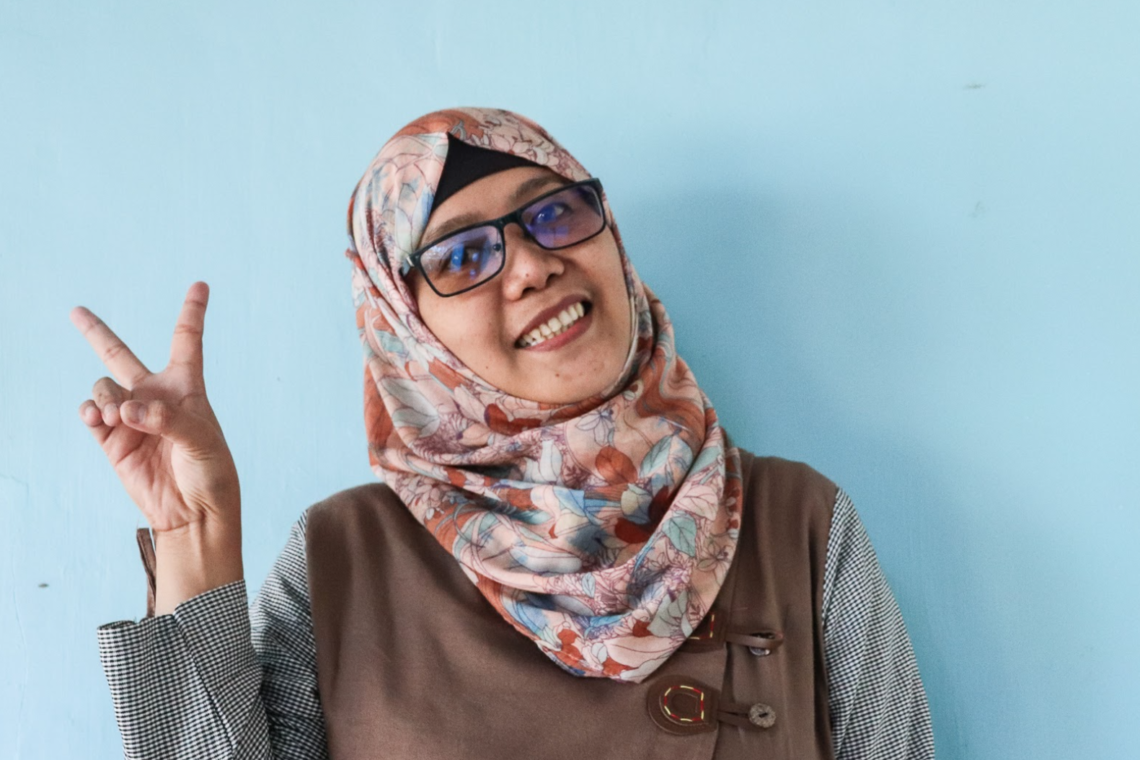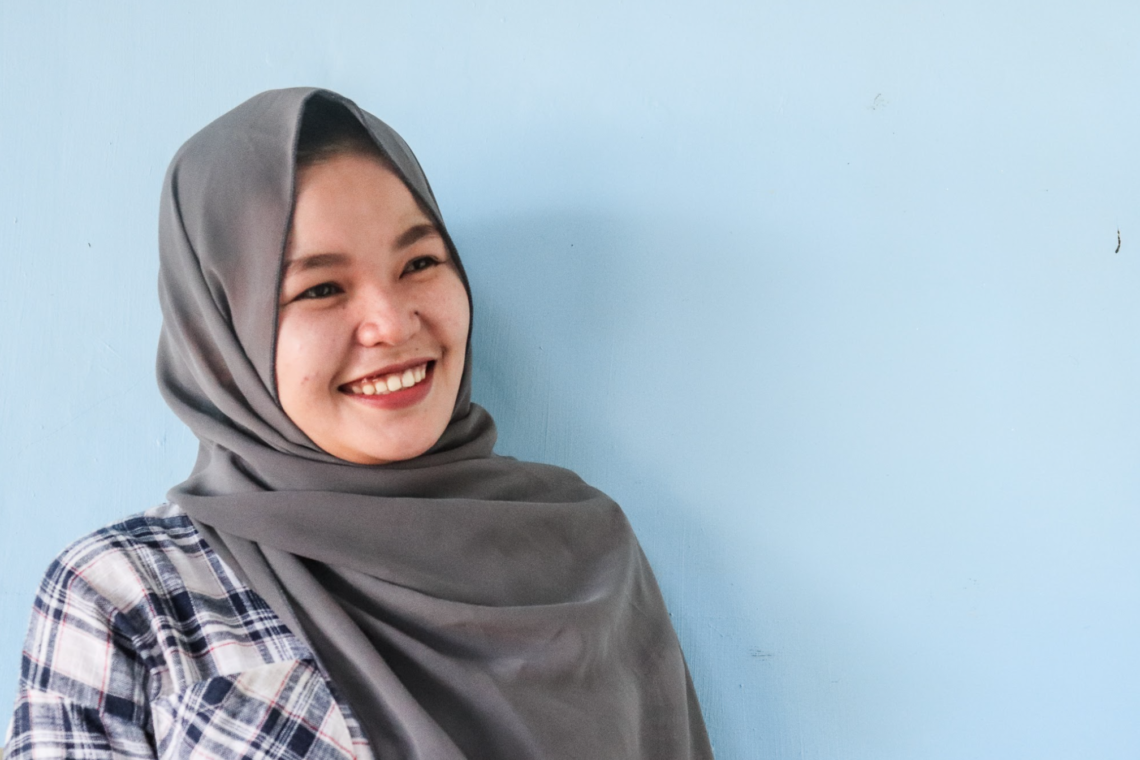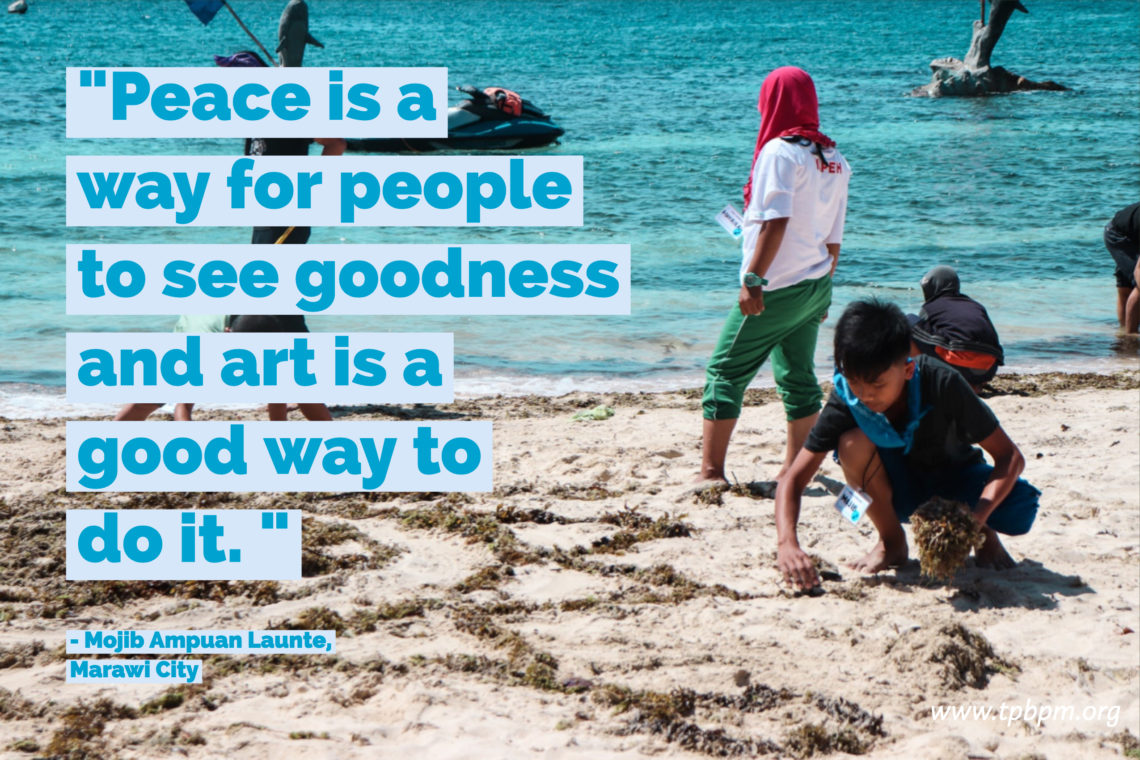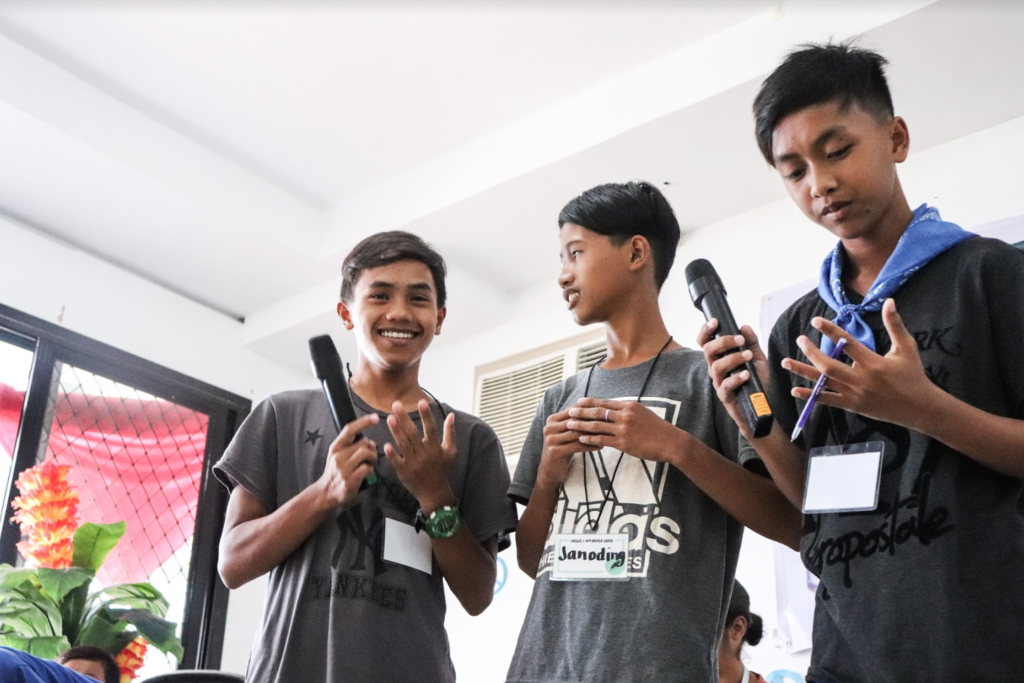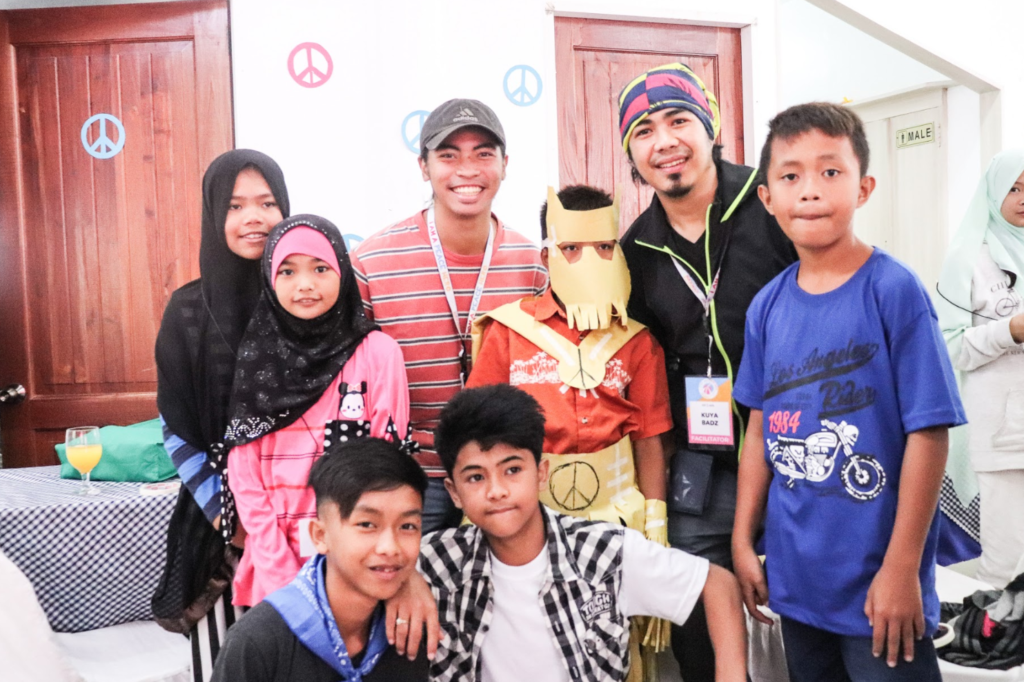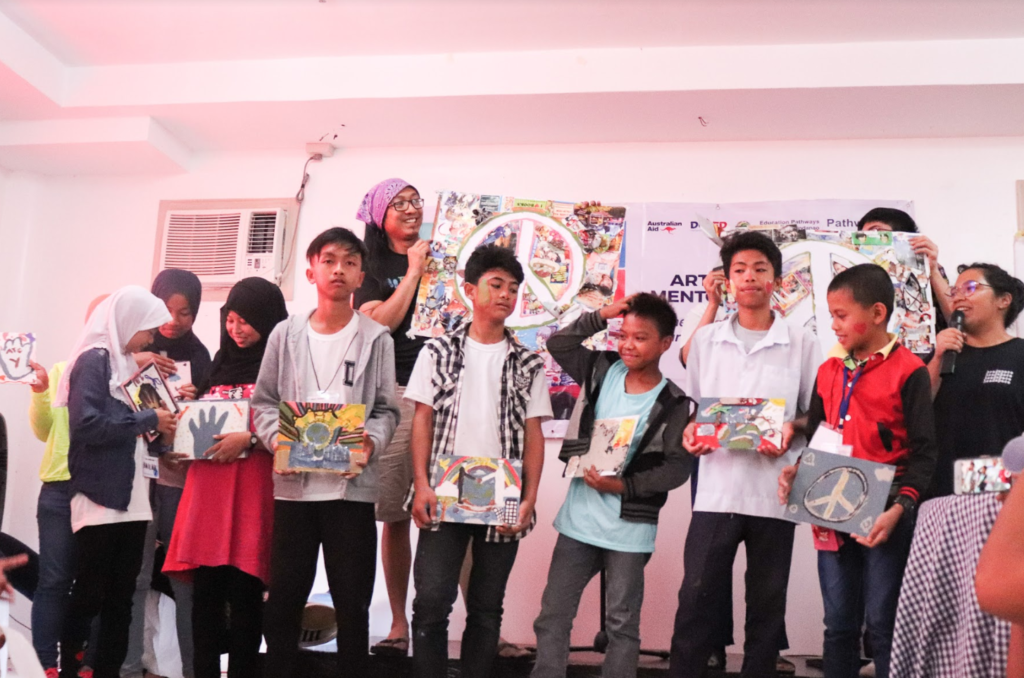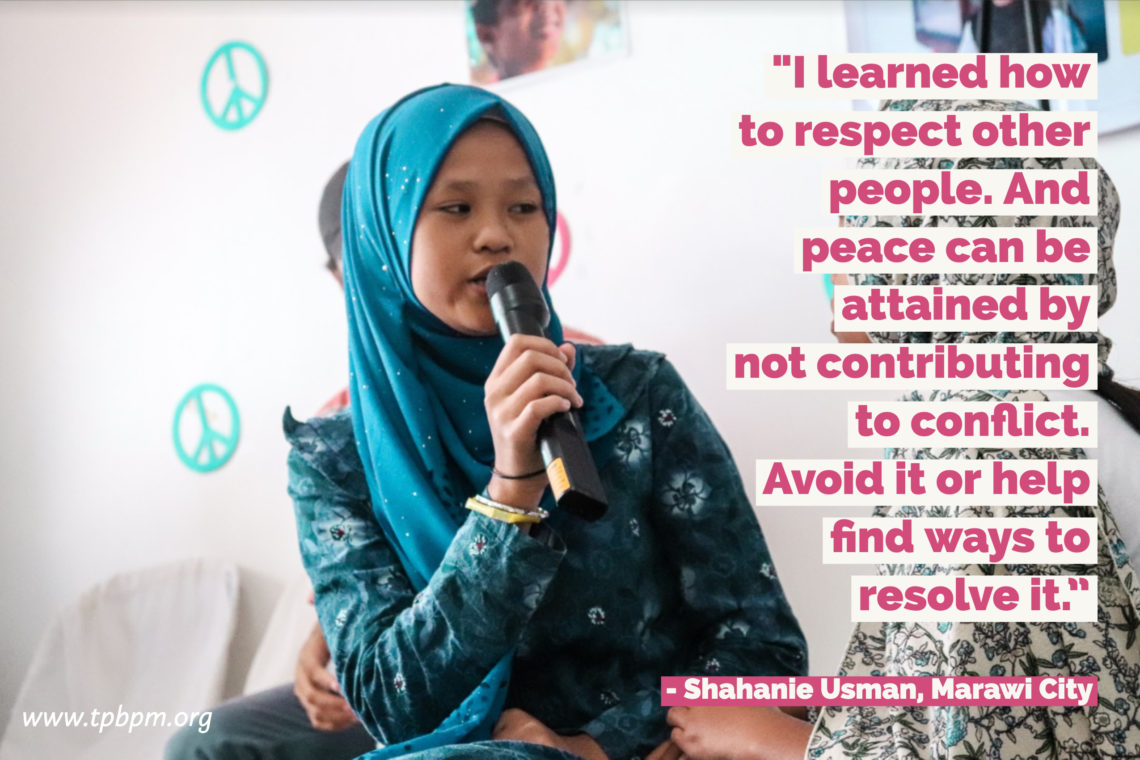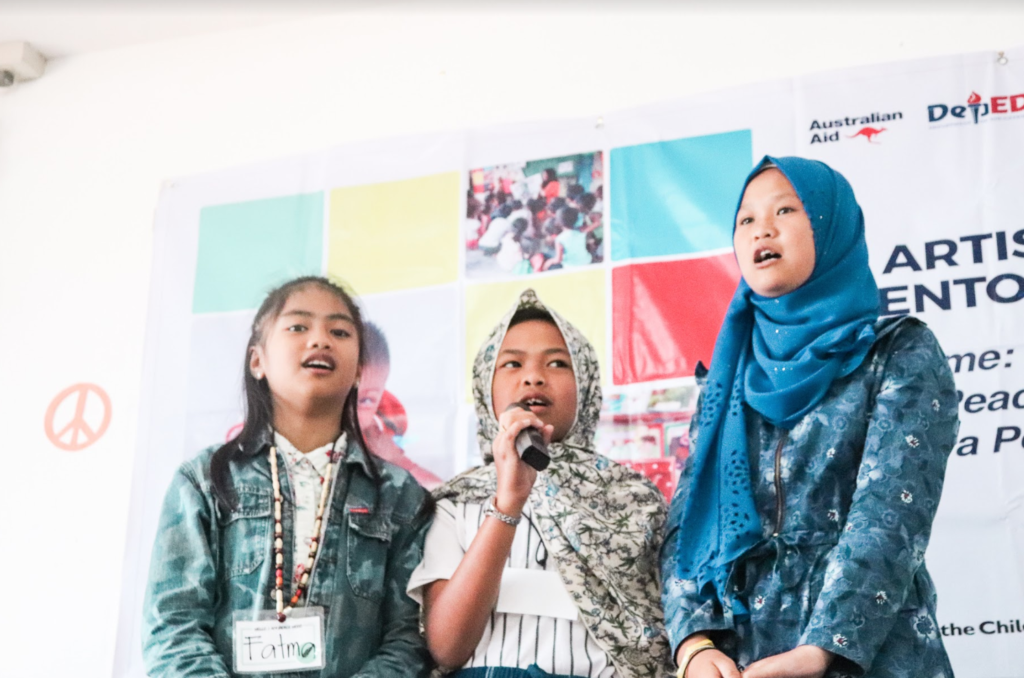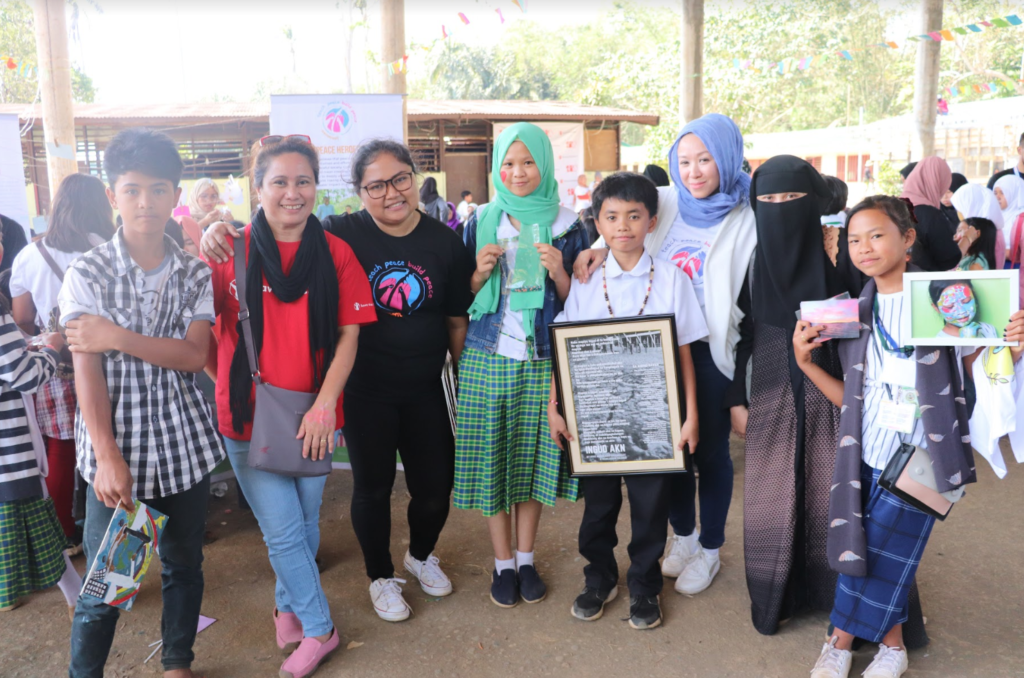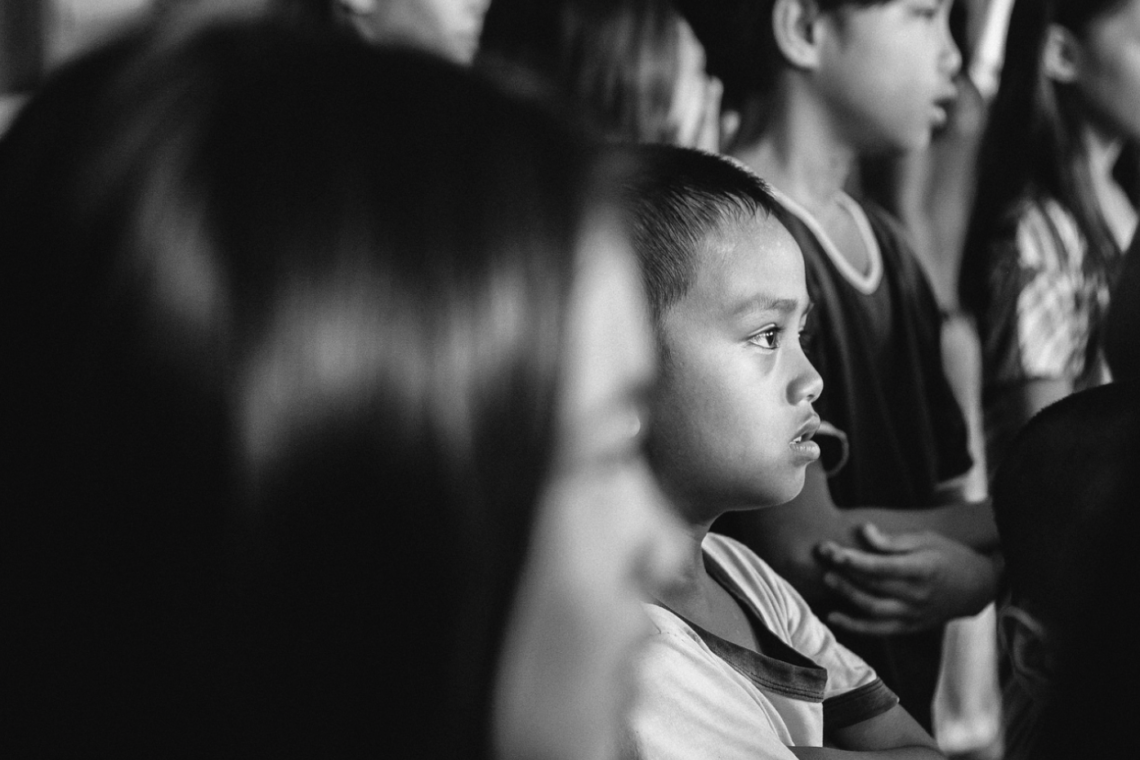While there are many things that one can do in building a culture of peace, the Philippine Muslim Student Association chose to begin the advocacy through understanding and compassion.
Shaping Perspectives Through the Environment
The Philippine Muslim Student Association (PHMSA) current President, Abdul Azis Malik, grew up at Sultan Dumalondong, near the training camp of the violent actor ISIS-inspired Maute group. This armed group was the one who initiated the Battle of Marawi back in 2017, which displaced thousands of civilians in Marawi City.
Because of their location, Malik saw firsthand the trauma the conflict brought to their community, especially among the children. Guns and other war paraphernalia were near the houses, and some of their relatives were recruited to fight against government forces. This incident brought government forces to roam around their area and inspect the civilians residing peacefully. He was also reclusive to his family members and was not aware of any initiatives for peacebuilding.
Due to the conflict, the unstable environment that Malik was living in made him develop a wrong impression of government forces. These experiences only reflect the impact that the surroundings can be potential recruiting grounds for younger people to join the armed conflict. According to the International Committee of the Red Cross, exposure to conflict may make children more violent and more hostile to themselves and others. Because violent groups target children’s emotional, physical, and developmental vulnerabilities, it may lead to lifelong trauma and disenchanted perspective of the world.
A Better Understanding of Yourself and Others
In becoming part of the Peace Education Leadership Training Course organized by Teach Peace Build Peace Movement, PHMSA realized there are other ways for youth to be engaged in peacebuilding. Still, it would all start with nurturing your inner peace and being more compassionate to other people. Drawing from his learnings of the program, Malik realized that there are practical ways that the children and youth can contribute to building a culture of peace.
First, it is to know yourself better and acknowledge your past experiences. Malik recognized that harboring anger and sadness does not positively affect them. Instead, they should let go of these negative emotions for them to be able to move forward. They must learn to break the barriers within themselves so that they are not held back by these narratives of conflict.
Second, it is to build relationships with others through respect, understanding, and compassion. Once they have broken the barriers within themselves, they should be able to break their obstacles for other people. For Malik, it begins by developing their relationship with their family and spending more time fulfilling their responsibility as children. By building this relationship, there is trust within their home, and they can build a culture of peace in their community.
Third, find ways to connect your work with your advocacy. As the President of PMSA, he has influenced his school administration to conduct extra-curricular activities for students to be exposed to more peacebuilding initiatives. Malik linked his course on social work to peacebuilding by creating platforms within their schools where they can conduct workshops on cultivating inner peace through meditation, empowering others to start their own initiatives, and building a culture of peace among themselves.
The environment has an active influence on how an individual can see the world. These circumstances can draw up walls that prevent a better understanding of peace. By breaking these barriers, there can be opportunities to create safe spaces where the culture of peace can grow and thrive. In having these spaces, children and youth can be inspired to do good and be champions of peace.

